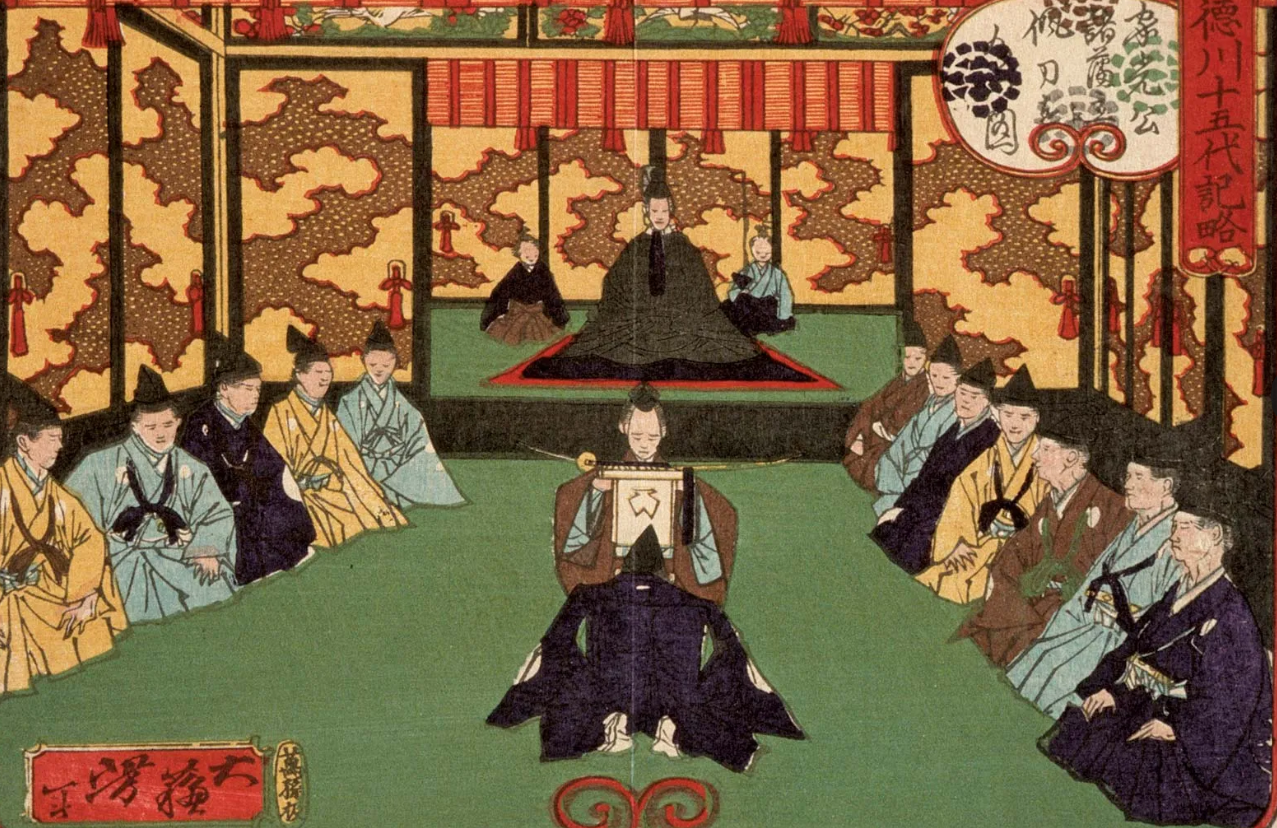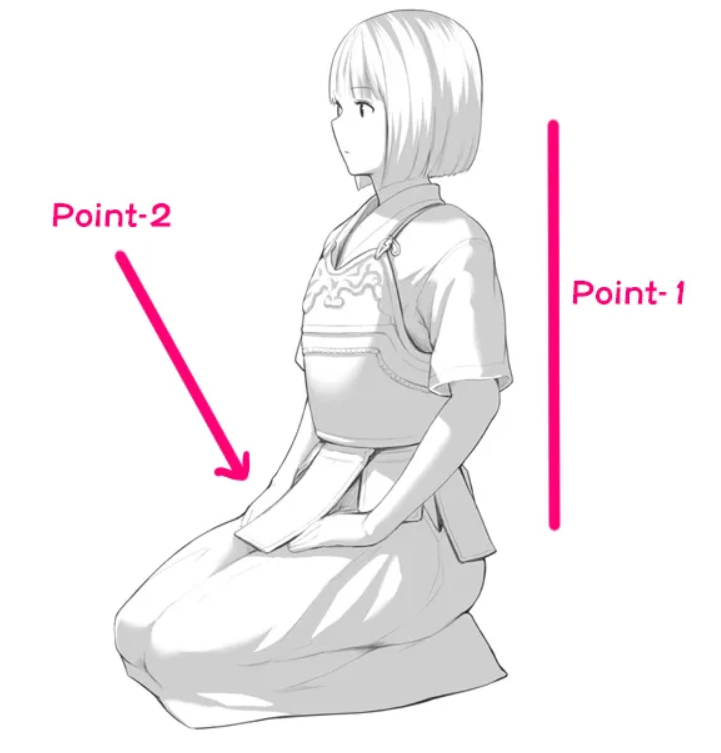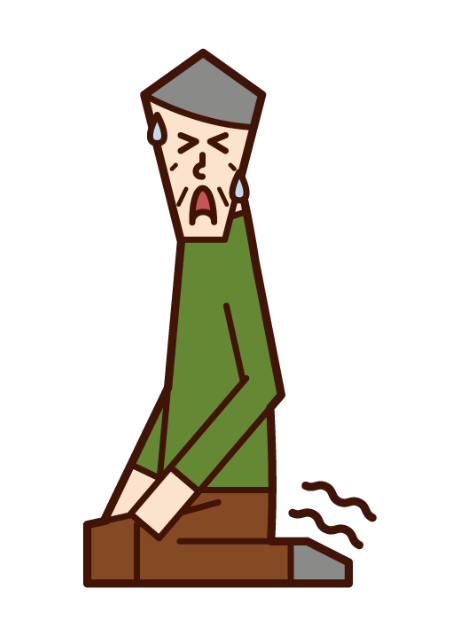सेज़ा: आपके पाचन के लिए क्यों यह जापानी तरीके से बैठना चाहिए
What is Seiza? सीज़ा क्या है?
Seiza, a classic Japanese way of sitting, requires you to kneel on the ground and place your heels beneath your buttocks. This word means “sitting the right way,” and people often adopt this posture in formal events like tea rituals and Buddhist worship gatherings.
What is the History? सेज़ा पोस्चर का इतिहास
Before the Edo period, people had no set way to sit on the floor. At that time, “seiza” meant “sitting “, which could look like sitting cross-legged (胡坐, agura) sitting with one knee up (立て膝, tatehiza), or sitting sideways (割座, wariza). The position we now call seiza was known as kiza back then.
This sitting style is the go-to position for most traditional formal events, and people see it as the polite way to sit when you’re with higher-ups or older folks, unless they say it’s okay to sit . In India, “we have a similar way of sitting called Vajrasana“. People do this during yoga and when they visit temples or pray there.

Introduction-सेज़ा पोस्चर का परिचय
- Seiza is a traditional Japanese residence.
- This is done by kneeling on the floor or using a cushion/bench.
- Historically significant and deeply rooted in Japanese culture and character.
Origins and Significance-महत्व
- Developed during the Edo period (samurai era).
- Originally used to prepare samurai for battle.
- Beyond functionality, the Siza is a symbol of grace and thoughtfulness.
Physical Technique-शारीरिक तकनीक
Correct Seiza Mudra:
- Sit on your knees with your legs together, knees flat and feet touching each other.
- Straighten the spine, relax the shoulders and fold the hands in the lap.
- Distribute body weight evenly between ankles and knees.

Advantages of Seiza Posture-सीज़ा आसन के फायदे
- When you sit in Seiza, your ankles and knees are flexed, which helps improve joint flexibility.
- Regular practice can prevent stiffness and discomfort in these joints.
- Seiza puts gentle pressure on your core muscles (the ones around your abdomen and lower back).
- These muscles engage to maintain balance, gradually strengthening over time.
- The Seiza position naturally stretches your quadriceps (front thigh muscles) and hip flexors.
- It’s like a mini yoga stretch while you sit!
- Seiza encourages an upright spine and proper alignment.
- By sitting this way, you train your body to maintain good posture even when you’re not in Seiza.
- The act of balancing in Seiza activates the muscles along your spine.
- Over time, this can contribute to a stronger and healthier back.
Meditation and Seiza-ध्यान और सीज़ा
- Seiza enhances attention
- Focus and concentration improves.
- Provides grounding and stability.
- Connects practitioners to tradition and spirituality.
Beyond Meditation: Everyday Seiza-प्रतिदिन सीज़ा
- Seiza isn’t limited to meditation:
- Used during tea ceremonies, formal events, and daily life.
- Encourages mindfulness in everyday activities.
Tips for Practicing Seiza-सीज़ा का अभ्यास करने के लिए युक्तियाँ

- Gradual Optimization
- Start with short sessions and build up over time.
- Use cushions or benches for rest.
- Stretch before and after to avoid stiffness.
- Listen to your body-don’t stress.
- Develop mindfulness during Seiza.
Also Read: California Dreaming: The Ultimate Top 10 Destinations
Cultural Context-सांस्कृतिक संदर्भ
- Humility, respect and tradition.
- Similar practices in other cultures
- Example: Indian yoga postures, Korean Seiza-like postures.
